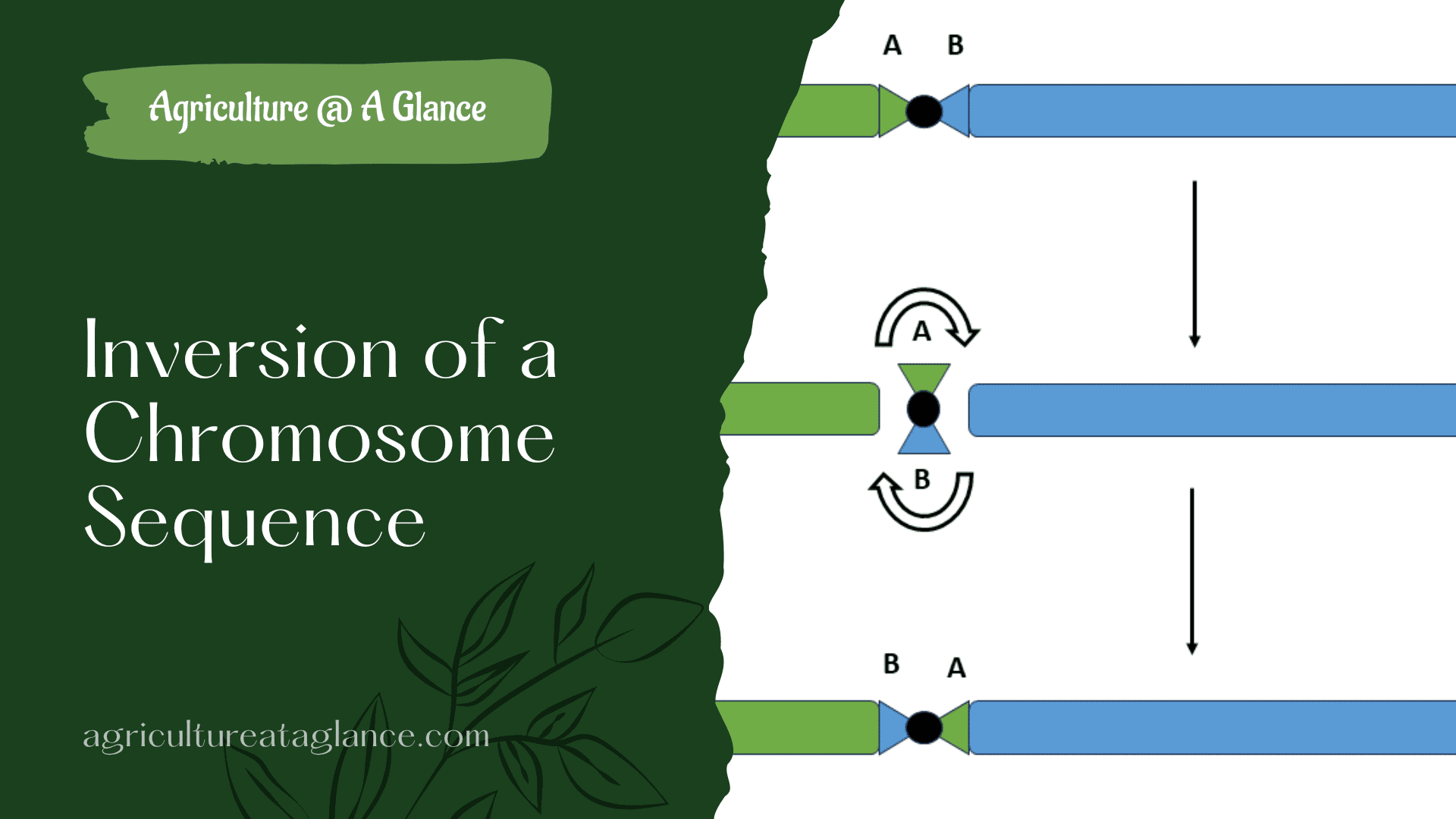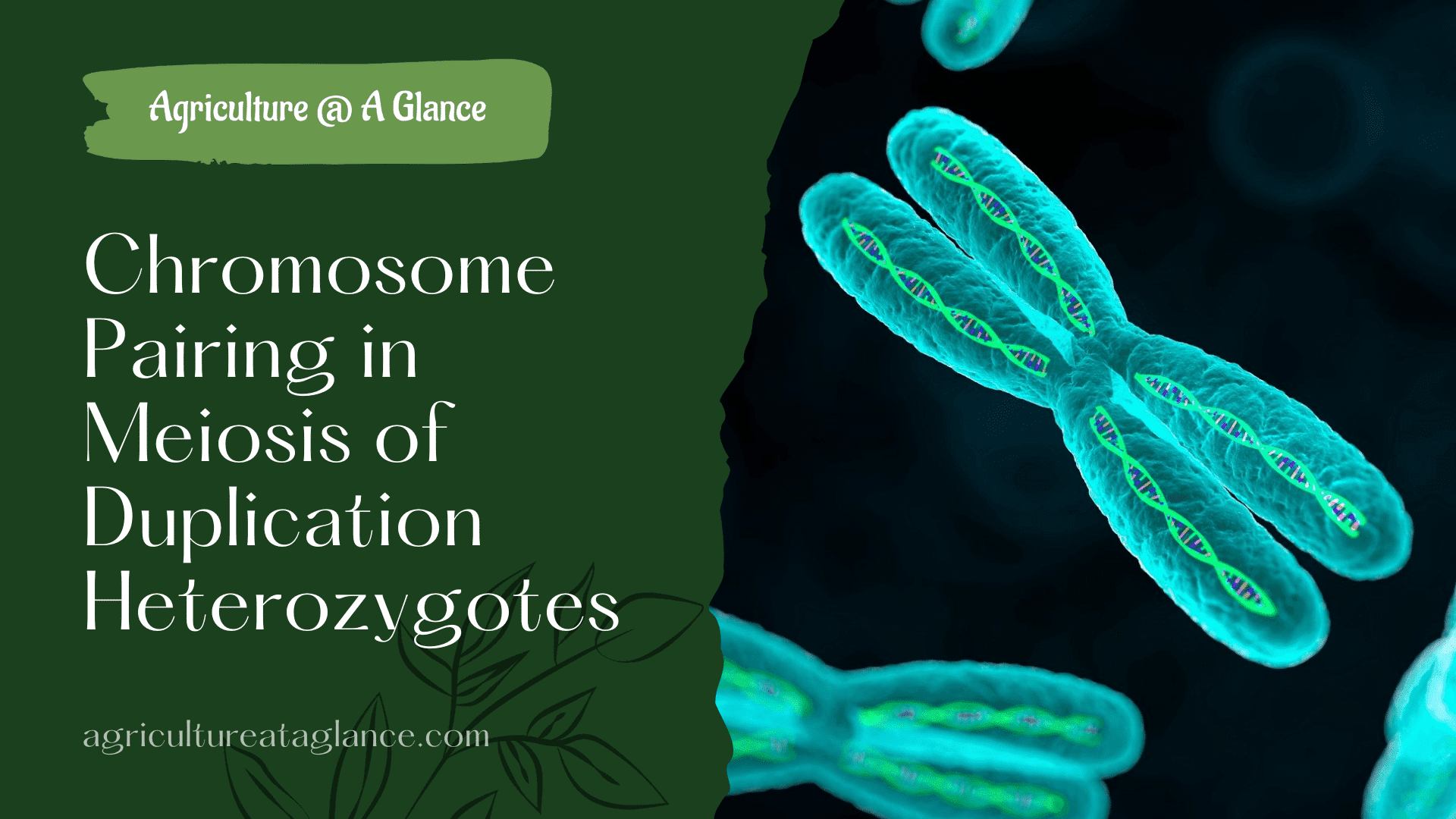Gene
The functional unit of DNA is gene, the term gene is coined by Wilhelm Johannsen.
Types of gene :-
Based on traits
A. Major gene
Gene that governs qualitative traits, and it is a monogenic gene.
B. Minor gene
Gene that governs quantitative traits, and it is a polygenic gene.
Based on location
A. Nuclear genes
Gene that is found in the nuclear genome in the chromosome.
B. Plasma gene
Gene that is found in the cytoplasm in mitochondria and chromoplast.
Based on position on chromosome
A. Normal gene
Fixed position on chromosome
B. Jumping gene
When one gene is changing their position. Ex- Maize (Because of transposons)
Based on sex linkage
A. Sex linkage gene
Sex-linked traits are characteristics determined by genes located on sex chromosomes, such as the X or Y chromosomes in humans. Ex- colour blindness, Hemophilia
B. Sex limited gene
A character that is present in male or female. Ex- Beared, Milk production
C. Sex influenced gene
A character that is present in male and female but its interface is not the same. Ex- Baldness
Based on lethal effect
A. Lethal gene
Lethal alleles are alleles that cause the death of the organism that carries them
B. Semi-lethal gene
Gene that causes mortality of >50%
C. Sub-vital gene
Gene that causes mortality of <50%
D. Vital gene
Gene that don’t have lethal effect is called vital gene
Base on nucleotide gene
A. Normal gene
The term "normal gene" can refer to the average gene. The average gene is a sequence of nucleotides that contains about 3,000 bases. The human genome contains around 30,000 genes and 3.1 billion base pairs.
B. Split gene
Gene that interrupted sequence of nucleotide are referred to as split gene
C. Pseudo gene
Pseudogenes are nonfunctional segments of DNA that resemble functional genes
Based on mutation
A. Mutable gene
Gene which exhibits the ability to mutate. Ex- Drosophila eye, Human finger
B. Mutator gene
Gene which enhances the natural mutation rate of other genes in the same genome. Ex- Dotted gene in maize
C. Anti-mutator gene
Gene which decreases the natural mutation rate of other genes in the same genome.
Based on epistasis
A. Epistatic gene
Gene whose expression interferes with or masks the effect of other genes are said to be epistatic gene(Affected gene)
B. Hypostatic gene
Genes whose expression is affected (Blocked or Masked) are hypostatic genes.




